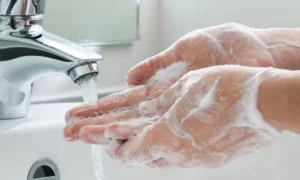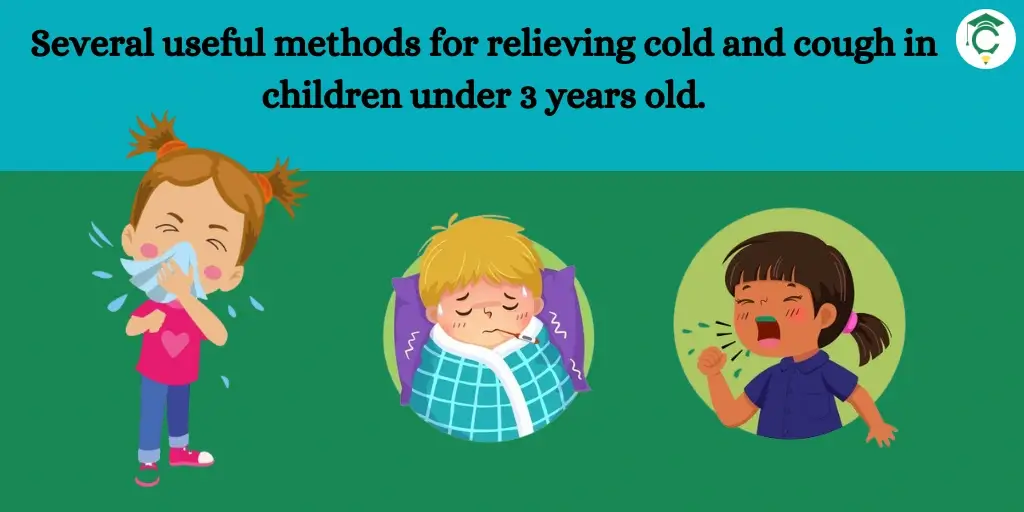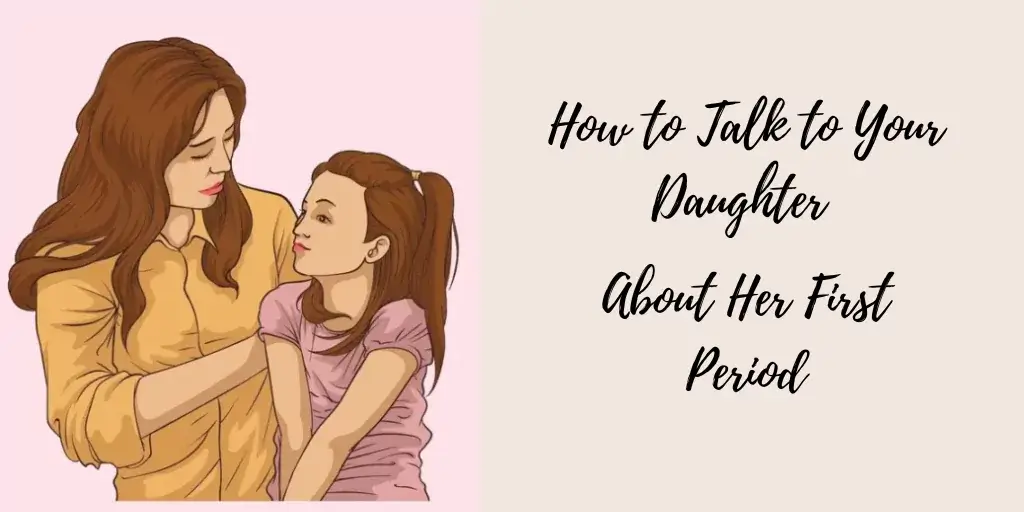Recently updated on July 7th, 2025 at 10:43 am
Every parent knows how difficult it may be to tend to a small child with a cold or cough. Fortunately, you can help them feel less uncomfortable and heal more quickly by doing a few simple actions. From natural remedies to medicine for cold and cough, this comprehensive guide offers effective ways to manage coughs and cold in 0–3-year-old children.
Understanding Coughs and Colds in Young Children:
It’s important to comprehend the frequent causes and symptoms of coughs and colds in young children before, therefore, digging into medicines and preventive steps. In this age group, respiratory diseases such as viral bronchiolitis and the common cold are often, in fact, the cause. Consequently, a runny or stuffy nose, coughing, sneezing, fever, irritability, and trouble eating or sleeping are some of the symptoms.
The Key Is Prevention
The best defence is to avoid getting colds and coughs in the first place. The following are some safeguards that parents can implement:
1. Hand hygiene:
Furthermore, to reduce the transmission of germs, parents and other caregivers should be encouraged to wash their hands frequently. Particularly for young children (0–3), who are more susceptible to infections, maintaining good hand hygiene is essential to, thus, halting the spread of infections. Finally, for parents and other caregivers, here is a thorough look at hand hygiene procedures.

1. Handwashing Technique:
Good hygiene requires using the right handwashing technique. Children should learn these steps:
- wet hands under running, clean water.
- Make sure to cover all hand surfaces, including the spaces between fingers and under the nails, with soap and lather.
- For at least 20 seconds, scrub your hands.
- Children can learn to count time by repeating a brief song, such as “Happy Birthday,” repeatedly.
- Hands should be completely rinsed under running, clean water.
- Dry your hands with a fresh towel or let them air dry.
2. When to Hand Sanitize:
Encourage children to wash their hands at key times, including:
- Before handling or eating food, for example, remind kids to wash their hands.
- Following a trip to the restroom or helping a child use the restroom, following a sneeze, cough, or nose blow
- Following outdoor or pet-related play, following contact with surfaces in public areas.
3. Hand Sanitizer:
Alcohol-based hand sanitisers can be used as a substitute in circumstances when soap and water are not easily accessible. To avoid ingesting alcohol, make sure the hand sanitiser has at least 60% alcohol by weight and keep an eye on little children.
4. Lead by Example:
Set a good example for your children by washing your hands every day. Kids pick up skills through observation. Encourage kids to wash their hands properly by modelling good behaviour.
5. Use Child-Friendly Products:
Select hand soaps that are soft on young skin and mild enough for children. Products with strong chemicals or perfumes that could irritate skin should be avoided.
6. Make It Fun:
Use songs, stories, or vibrant handwashing charts to make handwashing an enjoyable and interesting task. Giving kids stickers or prizes for practising good hand hygiene can help encourage them to wash their hands regularly.
7. Regular Reinforcement:
Tell kids regularly how important it is to wash their hands and give them credit for following hygienic practices. Positive encouragement and gentle reminders can help make handwashing a lifetime habit.
8. Stay Informed:
Keep abreast of the most recent hand hygiene recommendations and guidelines from reliable health agencies, such as the World Health Organization (WHO) or the Centers for Disease Control and Prevention (CDC). These groups offer helpful resources and details on hand hygiene best practices.
2. Breastfeeding:
If at all feasible, give your child breast milk, as it includes antibodies that strengthen immune systems. Undoubtedly, nursing has many advantages for moms and babies alike, and it’s essential for boosting young children’s immune systems. Here are some more reasons why nursing is so strongly advised for children ages 0 to 3 years old.

1. Immune System Support:
A range of antibodies, immunological components, and white blood cells found in breast milk aid in defending newborns against infections and diseases. These elements are particularly crucial in the initial few months of life since a baby’s immune system is still maturing.
2. Nutritional Superiority:
The ideal ratio of minerals, proteins, lipids, and carbs is provided by breast milk, which is specially formulated to satisfy the nutritional demands of newborns. It also includes vital minerals and vitamins that support normal development and growth.
3. Digestive Health:
Infants who drink breast milk have an easier time digesting it, which lowers their risk of digestive problems like constipation and diarrhoea. It also has good bacteria that help the gut microbiome grow and thrive, which is important for immune system health in general.
4. Bonding and Emotional Connection:
Breastfeeding strengthens the emotional relationship between a mother and her child, giving the baby a sense of security and comfort. The “love hormone,” oxytocin, is released when skin-to-skin contact occurs during breastfeeding and strengthens the attachment between a mother and her child.
5. Protection Against Chronic Diseases:
Nursing has been linked to a lower chance of developing several chronic illnesses later in life, such as obesity, type 2 diabetes, asthma, and several types of cancer, according to research. Nursing has long-term health benefits that last into adulthood, beyond infancy.
6. Convenience and Cost-Effectiveness:
When the baby needs to eat, breastfeeding is a convenient option that doesn’t require any preparation or cleanup. Furthermore, by removing the need to buy formula and other feeding supplies, breastfeeding can help families save money.
7. Environmental Sustainability:
The creation, packaging, and disposal of formula result in no waste or carbon footprint, making breastfeeding an environmentally friendly practice. It is a low-pollution, sustainable feeding solution that preserves natural resources.
8. Maternal Health Benefits:
In addition, breastfeeding helps moms lose weight more quickly after giving birth, lessens their chance of developing breast and ovarian malignancies, and minimizes their risk of postpartum haemorrhage.
3. Healthy Environment:
To lower the chance of infection, keep your house clean and well-ventilated. Keeping your home clean is essential to preventing the spread of germs, especially to small children. How to properly clean and sanitize toys, surfaces, and frequently touched items is provided here.

1. Surfaces:
For surfaces like worktops, tables, and highchairs, use water and a little detergent. Acute injury should be closely monitored in places that are often touched. Employ a disinfectant certified by the EPA to eradicate any leftover germs following cleaning. Make sure you apply and contact time according to the manufacturer’s directions.
2. Toys:
Particularly for toys that get mouthed or shared by kids, wash them with soap and water regularly. Use warm, soapy water to clean toys—such as plastic toys—that are meant to be submerged. Spot clean items that are not meant to be submerged, such as plush toys, using a moist cloth and a mild detergent. When exchanging toys with others or after an illness, in particular, make sure to disinfect them as needed.
3. Commonly Touched Objects:
Determine which fixtures, light switches, remote controls, and electrical equipment are most frequently touched in your house. Use disinfectant wipes or a cloth moistened with an EPA-approved disinfectant to clean these items regularly. In public spaces, give shared goods more care.
4. Laundry:
Regularly wash clothes, towels, and bedding in the warmest water temperature suggested on the care label. To eradicate germs, use detergent and, if required, a disinfectant laundry additive. As with normal laundry, make careful to wash objects that have come into contact with body fluids separately.
5. Personal Hygiene Items:
Personal hygiene products including toothbrush holders, bath toys, and grooming tools should be routinely cleaned and disinfected. After an illness or every few months, replace toothbrushes.
6. Cleaning Tools:
Maintain the cleanliness and sterility of cleaning supplies, including sponges, brushes, and rags. Sponge care instructions: rinse, wring out, and replace frequently. Cleaning cloths should be regularly laundered in hot water with detergent.
Also See: How to Talk to Your Daughter About Her First Period
4. Humidification:
Keep the air moist in your child’s room using a cool-mist humidifier to help relieve congestion and soothe inflamed airways. Keeping your home’s humidity levels at a suitable level can help relieve sinus congestion and soothe inflamed airways, particularly in dry winter months or low-humidity areas. Here’s how to successfully add humidity to your child’s surroundings.

- Use a cool-mist humidifier to add moisture to the air in your child’s bedroom or nursery. Warm-mist humidifiers can burn children, so cool-mist humidifiers are safer to use around them.
- As the manufacturer directs, clean and disinfect your humidifier regularly to stop the growth of bacteria, mould, and other pathogens.
- Aim for a relative humidity of between 40 and 50 per cent while using a hygrometer to track humidity levels. While too little humidity might worsen respiratory problems, too much humidity can promote mould formation.
5. When to Seek Medical Attention:
While most young children’s colds and coughs are benign and go away on their own, there are some situations in which getting medical help may be necessary.

- Continuously elevated temperature
- Breathing problems
- Tightness in the chest or wheeze
- Loss of water
- Warning signs of sinusitis or ear infections
Conclusion:
It might be difficult to care for a young child with a cold or cough; however, with the appropriate strategy, you can help them feel better quickly. Moreover, you can ease your child’s transition through these common childhood illnesses by emphasizing prevention, offering supportive care, and understanding when to seek medical attention. Therefore, never forget to seek advice from a paediatrician if you have any worries regarding your child’s health.






